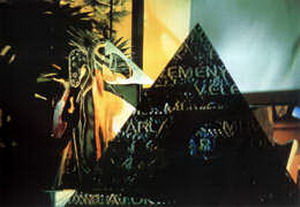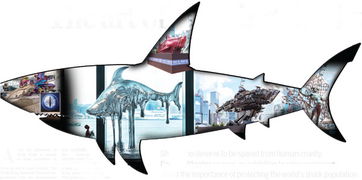In the serene world of fishing, there's an art to luring the fish to your hook. One of the most crucial elements in this process is the skillful casting of bait, commonly referred to as "nesting." Nesting involves strategically placing bait in an area to attract fish, increasing your chances of a successful catch. In this article, we'll delve into the intricacies of how to perfectly cast your bait and master the technique of nesting.
Understanding Nesting
Before we dive into the techniques, it's important to understand what nesting is and why it's so vital. Nesting is the process of creating a feeding area for fish by strategically placing bait or诱饵 in their natural habitat. This not only attracts fish but also encourages them to stay in the area, making it more likely for them to bite your hook.

Choosing the Right Bait
The first step in nesting is selecting the right bait. The type of bait you choose depends on the species of fish you're targeting and the environment you're fishing in. Here are some common types of bait:
- Live Bait: Live bait, such as worms, minnows, or leeches, is highly effective as it's more likely to mimic the natural prey of the fish you're trying to catch.
- Artificial Bait: Artificial lures, like spinnerbaits, crankbaits, and jigs, can be more effective in certain situations, especially when fish are not actively feeding on live prey.
- Natural Bait: Natural baits like corn, dough, or bread can be used in still waters and are particularly effective for species like catfish.
Selecting the Right Location
Once you've chosen your bait, the next step is to select the right location for nesting. Here are some tips for finding the perfect spot:
- Research the Habitat: Understand the natural habitat of the fish you're targeting. This includes knowing their preferred depths, structures, and feeding patterns.
- Use a Fish Finder: A fish finder can help you locate schools of fish and identify the best spots for nesting.
- Observe the Water: Pay attention to the water's surface and the behavior of the fish. Look for signs of feeding, such as fish jumping or schools of fish moving in a particular pattern.
Casting Your Bait
Now that you have your bait and a prime location, it's time to cast. Here are some key points to keep in mind:
- Choose the Right Equipment: Use a rod and reel that are appropriate for the type of fishing you're doing. A lightweight rod and a sensitive reel are ideal for detecting subtle bites.
- Cast at the Right Angle: Aim to cast at a 45-degree angle to ensure your bait lands softly and doesn't spook the fish.
- Control Your Distance: Cast to a distance that allows you to work the bait effectively without losing it to the current or bottom.
- Work the Bait: Once the bait is in the water, work it in a way that mimics the natural movement of the prey. This could involve twitching, jerking, or leaving it to drift naturally.
Perfecting the Nesting Technique
To master the art of nesting, it's important to practice and refine your technique. Here are some additional tips:
- Start with Small Amounts: Begin by placing a small amount of bait in the area. This allows you to test the water and see how the fish respond.
- Adjust as Needed: If the fish aren't biting, adjust your bait placement or the type of bait you're using.
- Stay Patient: Nesting is a skill that takes time to develop. Be patient and persistent, and you'll gradually improve your technique.
- Learn from Others: Observing and learning from experienced anglers can provide valuable insights into the best nesting techniques.
Conclusion
Nesting is a critical aspect of fishing that can significantly improve your chances of catching fish. By understanding the principles of nesting, choosing the right bait, selecting the perfect location, and mastering the casting technique, you'll be well on your way to becoming a skilled angler. Remember, the key to successful nesting is patience, practice, and a keen understanding of the fish you're targeting. Happy fishing!












